The main objective of the Paris Agreement is to limit the increase in global temperature to no more than 2°C, from its pre-industrial level, by the end of this century. To achieve this key objective, greenhouse gas emissions must be reduced until they are completely eradicated. Through the premise “Zero fossil fuels” is intended to replace oil, coal, natural gas and gas oil for renewable and clean energy, such as solar energy, electric cars and wind power.
The mechanism of formation of winds
The sun’s rays heat the atmosphere in a non-uniform way, so the air temperature is different between one area and another. The hot air, when going up, leaves a vacuum in the lower layers that are occupied by the cold air that comes down from the higher layers. The resultants of these displacements are the air currents. There are other causes in the formation of winds, such as that caused by the difference in atmospheric pressure between oceans and by the inertia and centrifugal force produced by the rotation of Earth. The wind has a mass and when it moves it acquires kinetic energy, which is what is used in the wind process, by transforming kinetic energy into mechanical energy and finally into electricity.
Our friend the wind
The kinetic energy of air currents is what has been called wind energy, and is what humans have used for millennia, first in sailing and then in windmills to grind wheat. In both cases it is about transforming the kinetic energy into mechanical energy. In the sailboats the wind power manifests itself in the movement of the boats. In the wind mills it is presented by the process of crushing the grain to obtain wheat flour. In recent times, wind power began to be used to produce electricity.
Wind Power and the use of wind
We have all seen, at least in photos or videos, what from a distance look like light sticks crowned by a fan of a certain size. But the view deceives, since the sticks are heavy towers made of steel sheets covered with a material resistant to the weather. They are light gray, to minimize visual impact, and a lusterless finish to reduce reflections. The towers measure between 25 and 100 meters high to take better advantage of the wind speed. They have a circular base about four or more meters in diameter.
With these dimensions, those “light sticks” can house inside a spiral staircase and others up to an elevator. Each blade of propeller is about 20 meters or more in length and is like the wing of an airplane. To have a better idea of the size of the tower and the blades, it is enough to know that the transportation of the pieces requires a complex logistics. A single blade must be carried in a two-piece truck to be able to meander through some of the narrow European streets. These components are not light either, because we have seen in an image an accident in which the fall of a blade has crushed the cabin of a huge truck. The group formed by the tower, the blades and the mechanism is known as a wind turbine.
The wind turbine and the transformation of wind energy into electricity
Above the tall tower is the gondola or nacelle, a kind of cabin somewhat larger than a small truck. In the gondola go most of the equipment involved in the wind process. In its nose is coupled the mill with three blades and in the tail are located a vane and an anemometer, which determine the direction and speed of wind, which are stored in a computer, which helps to orient the nacelle and the inclination of the blades according to conditions of the moment. The mill capture the kinetic energy of the air currents and transmit it through a rotor to a multiplier, which rotates the high-speed shaft 50 times faster than the low speed axis. In this way the kinetic energy is transformed into mechanical energy. The next step is to convert it into electrical energy, which is done by a generator that rotates at 1500 rpm. Once the electricity is obtained it is driven by cables that go down attached to the wall of the tower. From there they pass to a transformer that converts the direct current into alternating current to finally pass to power the electrical network.
Wind farms
A wind farm is a set of wind turbines that can be located on land or at sea, the land option is the most common, although parks far from the coasts have grown significantly in Europe in recent years. The number of wind turbines in a park is variable and, among other aspects, depends on the electrical needs of an area, the surface available to locate the turbines and the characteristics of the air currents of the place. Not all the energy that comes from the wind is usable, the wind energy only operates with horizontal currents, since the vertical do not have the dynamic energy necessary for its use. Before the choice of the site to install a wind farm, the characteristics of the wind must be analyzed for twelve or more months. In addition, they must undergo a prior environmental impact study, which includes the effect of the works, power lines, effects on fauna and flora, or visual impact.
Does electricity stop flowing when a wind farm stops?
The wind turbines start when the wind reaches a speed of three to four meters per second (about 11 to 14 kph). Its maximum efficiency is with a wind of about 13 to 14 meters per second (about 50 kph). If the wind acquires an average speed of 25 meters per second (90 kph) for 10 minutes, the wind turbines stop for safety reasons. At times when the wind ceases there is obviously no electricity production, which is resolved with the compensation of electricity between several parks. When there surplus of electricity, a park sells its, which is incorporated into the public network. When the wind stops, then the park buys electricity from that network.
Pros and cons of wind power
Advantages: it is an inexhaustible, clean and efficient energy. It is called green energy because the transformation of kinetic energy into electricity does not produce greenhouse emissions. Goes in the right direction in the fight against climate change. Wind power contributes to sustainable development and is one of the cheapest and cleanest sources that exist. It generates five times more jobs than the oil industry and creates many indirect jobs. There are mini wind turbines or urban wind turbines to be placed in homes, farms and remote places.
Disadvantages: Some people think that wind farms ruin the landscape. Propellers produces noise, so it must be installed far from the population. Birds can be victims of accidents when impacting with wind turbine blades. Therefore, when choosing the place to build a wind farm, you should avoid doing so in the bird migration corridors.
The top ten countries with the highest wind power installed Gigawats (GW)
China 168.7; United States 82.2; Germany 50.0; India 28.7; Spain 23.1; United Kingdom 14.5; France 12.1; Canada 11.9; Brazil 10.7 and Italy 9.2
Wind power in figures
By the end of 2014, the installed capacity of wind power in the world was close to 370 GW, which represented 5% of the world’s electricity consumption. Already at that time more than 80 countries used it. Denmark generates more than 25% of its electricity needs with wind power. In Spain, in 2014, wind power contributed with about 20% of electricity consumption. Europe is the region with the largest number of wind turbines. The cost of each unit is around two million dollars. There are some 200 thousand wind turbines distributed around the world that, according to data from the end of 2011, generated about 238 GW of energy.
Evolution of wind power
Since the first half of the twentieth century was working in some countries on wind power. However, it was not until the 70s, because of the first oil crisis when research began on alternative energies, including the use of wind. Already in the 1980s the generation of wind power began to grow steadily to this day. Between 2005 and 2015, production went from 59 to 433 GW. The World Wind Energy Association, based in Bonn, Germany, was created in Denmark in 2001 to promote this energy on a global scale.
The dangers that hover over wind power
The continuous discovery of huge conventional hydrocarbon deposits, together with the extraction of unconventional gas and oil by hydraulic fracturing or fracking, could lead to the reduction of oil and gas prices. This would probably discourage investments in clean energy such as wind, although it would also affect investments in the hydrocarbon industry.
Sandor Alejandro Gerendas-Kiss
Sources:
Diario ABC, España. Sección Ciencia. ¿Cómo funciona un parque eólico? Recuperado de http://www.abc.es/ciencia/20140111/abci-parque-central-eolica-funcionamiento-201401101740.html
Centraleólicaa. Partes de un aerogenerador. Recuperado de https://centraleolica.wordpress.com/partes-de-un-aerogenerador
Ekidom Energías Renovables. Historia de la energía eólica. Recuperado de http://www.ekidom.com/historia-de-la-energia-eolica
Energías renovables. Energía eólica: ventajas e inconvenientes. Recuperado de http://www.energiasrenovablesinfo.com/eolica/energia-eolica-ventajas-inconvenientes/
AEE Asociación Energía eólica. Energía eólica. Información básica. Recuperado de https://www.aeeolica.org/es/sobre-la-eolica/preguntas-frecuentes
Siemens Gamesa. Energía eólica. Preguntas sobre energía eólica. Recuperado de http://www.siemensgamesa.com/es/sobre-n/energia-eolica/preguntas-sobre-energia-eolica.html

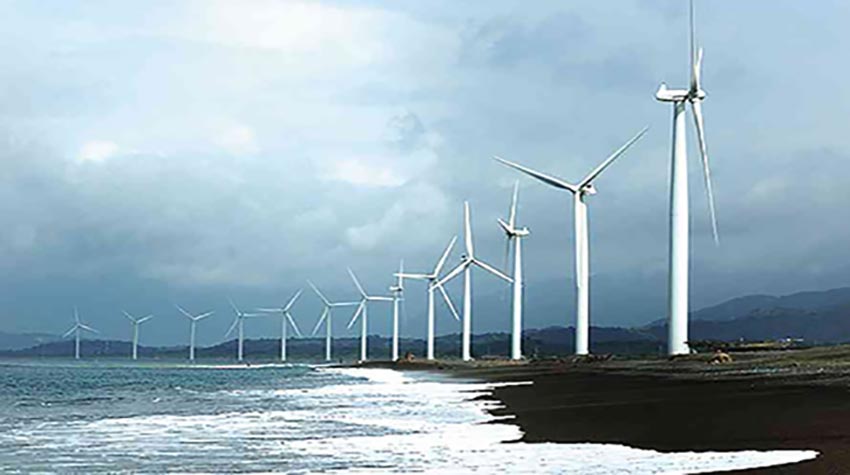
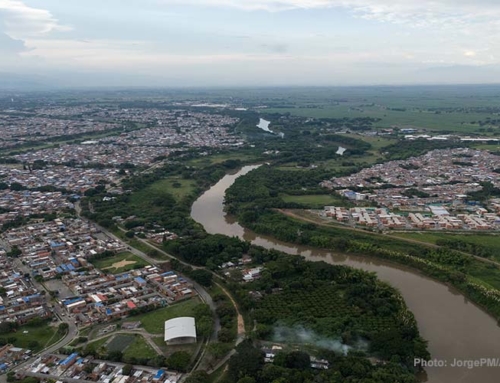
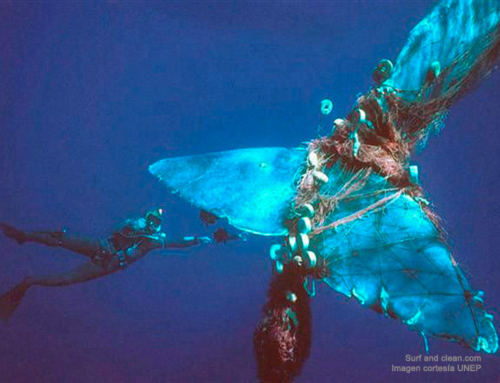
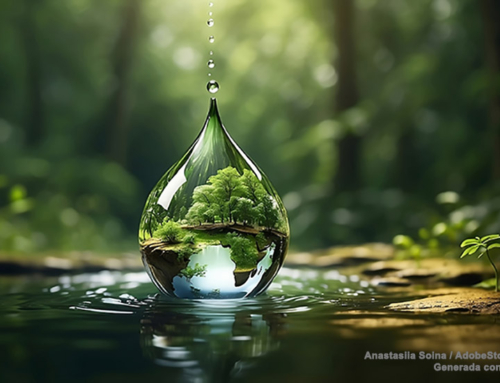
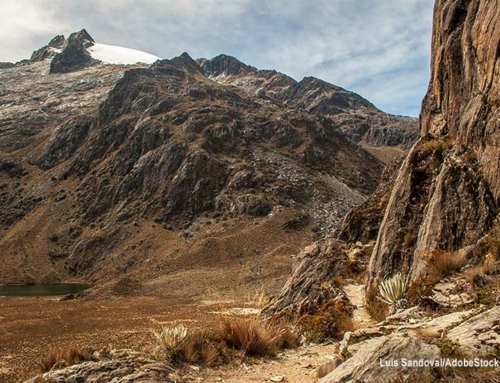

Leave A Comment